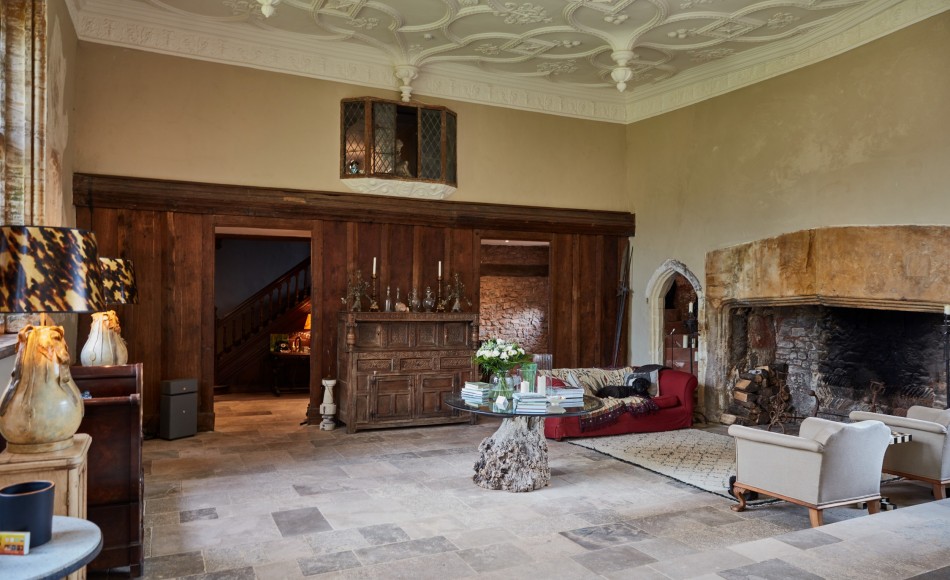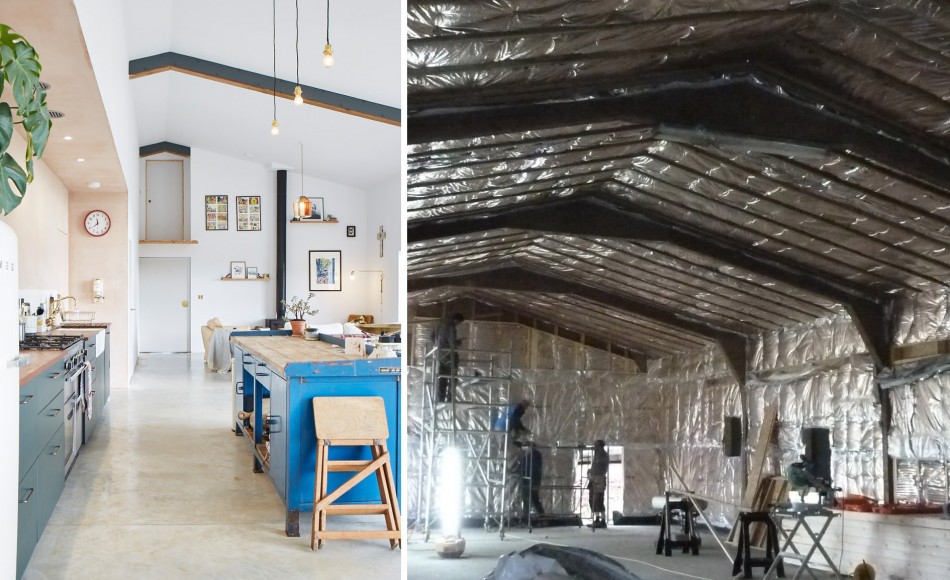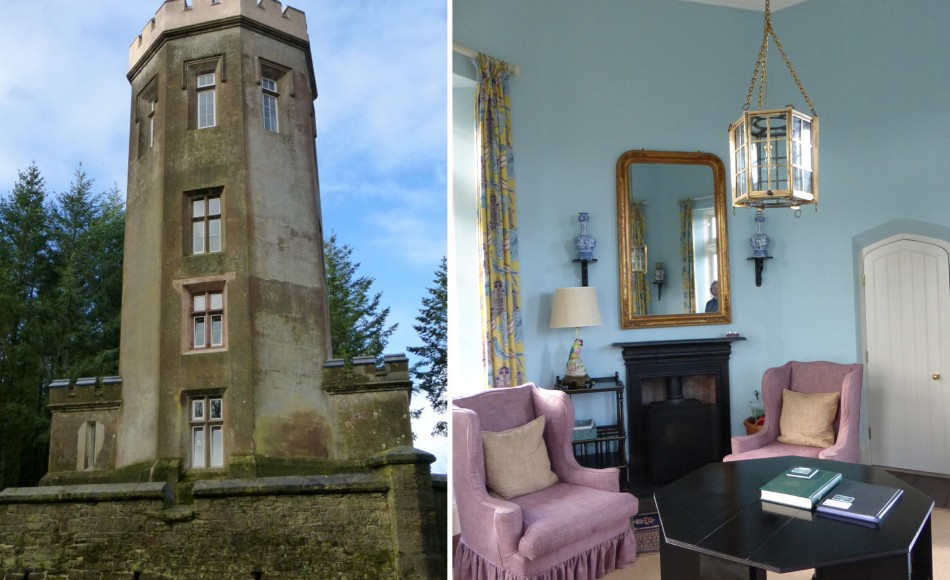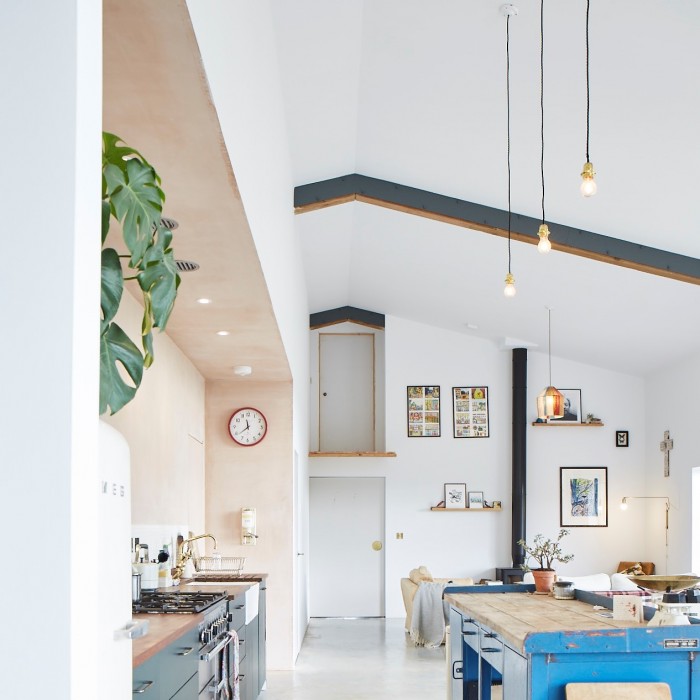How reuse of buildings can affect climate change
— 06 Oct 2021

This medieval manor is heated with a ground source heat pump via radiators and underfloor heating

This redundant agricultural building is now a family home and by super insulating, it far exceeds building regulations requirements

The China Tower – a folly in the grounds of Bicton Estate in Devon has been re-purposed as holiday accommodation

An article by Roger Harrabin, BBC energy & environment analyst, on the BBC news website last week caught our attention. In it, Harrabin discusses a report by Britain’s top engineers in which they urge ‘the government to stop buildings being demolished,’ and refers to the carbon impact of knocking down existing buildings to be replaced with new.
The report is concerned with the ‘embodied emissions’ from the production of building materials and in the article Harrabin states ‘The Royal Institution of Chartered Surveyors (RICS) estimates that 35% of the lifecycle carbon from a typical office development is emitted before the building is even opened. The figure for residential premises is 51%’. These figures are astonishing.
The Architects Journal (AJ) have long been campaigning for the reuse of buildings with their RetroFirst Campaign, to encourage the retrofitting of existing buildings rather than demolition and rebuilding. As Conservation Architects this is at the heart of what we do. We have long argued that retaining the embodied energy in an existing structure is the starting point for sustainable construction.
Although the demands of modern living often require adaption of historic buildings to bring them up to the standards required; with careful planning and co-ordination, not only can existing properties be given the comforts required, but can also achieve high levels of sustainability. Projects such as this medieval manor house heated with ground source heat pumps and this modern super insulated barn conversion, which far exceeds building regulation requirements, are two such recent examples.
According to government figures there were 665,600 vacant dwellings in England at the end of 2020, and yet the government also has ambitions to build 300,000 new houses per year. Surely there needs to be a focus on refurbishing and bringing back into use empty properties before new properties are built. There will be instances where existing properties are not fit for purpose and the benefits of demolition outweigh the desire for refit, however this is a subject we should all at least be talking about.
With a surge in property purchases in the south west driven by a move to the country following the pandemic, as well as home owners re-evaluating their current property to see how it can better fit home working / changes in lifestyle, we are seeing a huge increase in demand for renovations, extensions and conversions. This is a step in the right direction.